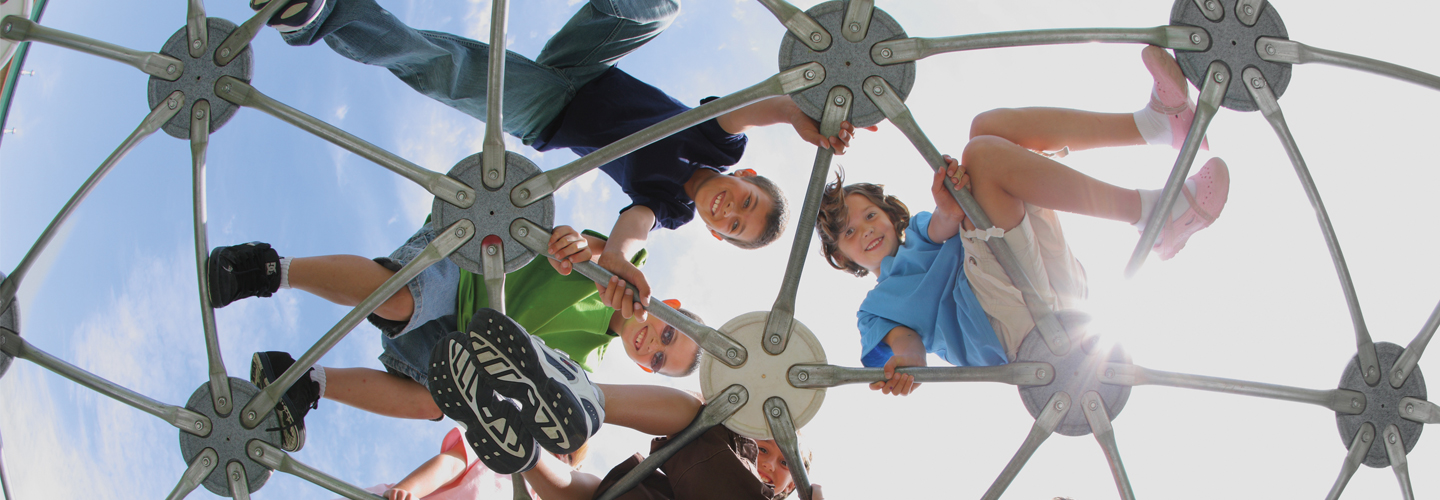Do you ever wish you had more time during the school day to run around and play? In the United States, students get an average of 27 minutes of recess a day. But in some Oklahoma and Texas schools, students are getting double that amount—60 minutes of recess!
The schools are part of a new program called the LiiNK Project. One of the project’s goals is to increase the amount of play and physical activity during the school day.
At LiiNK schools, students get 15 minutes of recess after every 45 to 60 minutes of classroom time. “Research points to play being a necessity for children,” says project founder and researcher Debbie Rhea.
LiiNK started in 2013, and Rhea is already seeing results. Some groups of students are performing better on school tests. All students stay on task and don’t fidget as much. Students pay more attention throughout the day, says Rhea.
What would you do if you had more time during the school day? Would you run around and play? In the United States, students get an average of 27 minutes of recess a day. But some schools in Oklahoma and Texas are different. There, students get double that amount. They get 60 minutes of recess!
The schools are part of a new program. It’s called the LiiNK Project. One of its goals is to increase the amount of play and physical activity kids get during the school day.
At LiiNK schools, students get 15 minutes of recess after every 45 to 60 minutes of classroom time. “Research points to play being a necessity for children,” says Debbie Rhea. She is the project’s founder and researcher.
LiiNK started in 2013. Rhea is already seeing results. Some groups of students are performing better on school tests. All students stay on task. They also don’t fidget as much. And, says Rhea, students pay more attention throughout the day.

